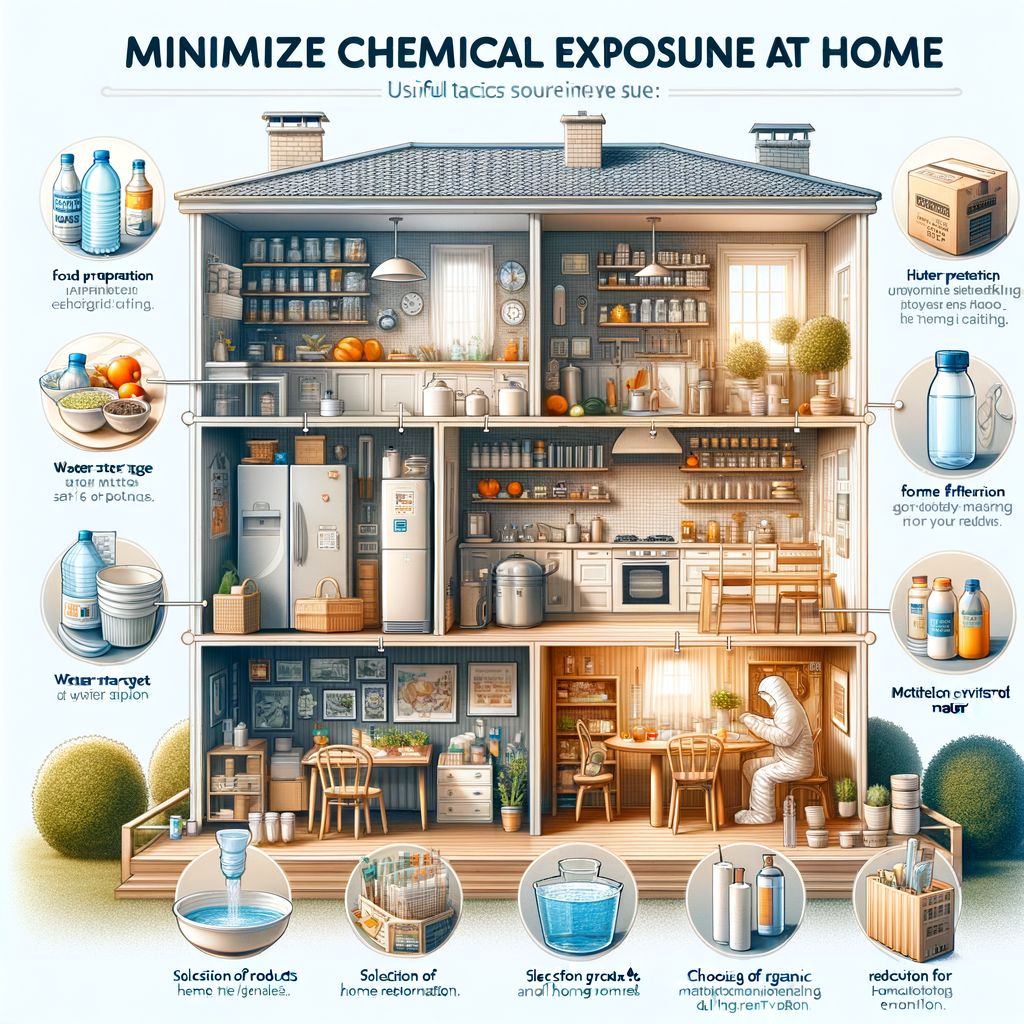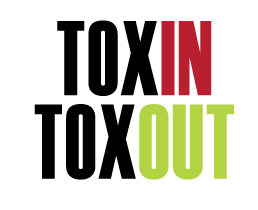Practical Steps to Reduce Chemical Exposure
Everyday environments contain a mix of industrial and household chemicals that accumulate in bodies and indoor spaces. Canadian biomonitoring has measured bisphenol A in about 93% of urine samples from the 2007–2009 Canadian Health Measures Survey, and metabolites of phthalates appear in the vast majority of samples. These findings do not prove disease on their own, but they show pervasive presence. Practical action targets sources, not fear: remove or reduce known high‑risk items, improve ventilation and filtration, and choose verified safer alternatives when available.
Practical strategies for home, food, water, products and renovation

Start with priority actions that give the biggest exposure reductions: replace nonstick cookware with stainless or cast iron, avoid microwave heating of plastic, switch to fragrance‑free personal care and cleaning products, and install a point‑of‑use filter certified for lead and organic contaminants on drinking taps. The next priorities are reducing single‑use plastics, testing water where private wells are used, and selecting furniture and building materials with low chemical treatments.
Below is a compact reference comparing major chemical groups, common home sources, health concerns reported in scientific reviews, and immediate safer choices. Read the rows to match household habits to targeted fixes.
| Chemical group | Common indoor sources | Key health concerns reported | Practical replacements or controls |
|---|---|---|---|
| Bisphenol A (BPA) | Canned food linings, thermal receipt paper, some plastics | Endocrine effects, developmental concerns in fetuses and children | Buy fresh or glass‑packaged foods, avoid receipts, use glass or stainless food storage |
| Phthalates | Vinyl flooring, scented products, some cosmetics | Hormone disruption, reproductive development effects | Choose fragrance‑free products, prefer PVC‑free flooring, read INCI for phthalate names |
| PFAS (per‑ and polyfluoroalkyl substances) | Waterproofed textiles, stain‑resistant coatings, some takeout packaging | Persistent in body, immune effects, elevated cholesterol | Replace treated textiles, avoid grease‑proof takeout, use granular activated carbon or reverse osmosis filters for drinking water |
| Brominated flame retardants | Older upholstered furniture, electronics foam | Neurodevelopmental and thyroid effects | Prefer furniture without added flame retardants, increase dust control and ventilation |
| Organophosphate and other pesticides | Lawn and garden treatments, some indoor bug sprays, residues on produce | Neurological effects, acute toxicity at higher doses | Use physical pest control, wash produce, choose certified organic produce when possible |
Choose products carrying independent verification such as Canadian or North American ecolabels that evaluate chemicals in manufacturing and product performance. Health Canada regulates cosmetics and consumer chemicals, but ingredient lists require careful reading: the term fragrance can mask dozens of chemicals, so favor products that list detailed ingredients and carry recognized safer marks.
Personal care items can be swapped without loss of performance. Seek items without parabens, phthalates, synthetic musks and avoid aerosol sprays. For cleaning, simple mixtures work well: dilute castile soap for surface cleaning, white vinegar for mineral deposits, and baking soda for scrubbing greasy residues. Citrus essential oils may be added sparingly but avoid direct skin use and sun exposure.
For plastics and microplastics, reduce single‑use consumption by switching to reusable glass and stainless containers, buy bulk to reduce packaging, and avoid personal care products with polyethylene or microbeads. When laundering synthetic textiles, use lower temperature washes and a microfiber capture device to reduce fiber release.
Indoor air and dust control focus on source removal and cleaning. Regular vacuuming with a HEPA‑equipped vacuum, wet dusting, and removing shoes at the door reduce tracked contaminants. Increase fresh air when outdoor pollution allows, and use mechanical ventilation with filtration in homes lacking adequate exchange.
For water, municipal supplies in Canada are regulated provincially, but contaminants can enter home plumbing. Private well owners should test annually for bacteria and at least every few years for metals and organics. Point‑of‑use devices certified to NSF/ANSI standards reduce specific risks: 53 for lead, 58 for reverse osmosis systems, and activated carbon for many organic chemicals, including some PFAS. Reverse osmosis plus activated carbon provides broadest reduction but requires maintenance and may waste water.
Renovation and furnishing choices matter. Choose naturally dense wood or textile products without added flame retardant chemicals, seek low‑VOC paints and adhesives, and require contractor safety practices during work that disturbs older materials. When replacing flooring, prefer linoleum, solid wood, or ceramic over PVC vinyl.
Protecting pregnant people, infants and children requires extra caution. Prioritize fresh foods, avoid canned infant formula stored in plastic, select phthalate‑free toys, and ensure new furniture is aired out outdoors or in a ventilated garage before bringing it indoors. Child‑height dust control and handwashing before meals reduce ingestion of settled contaminants.
Workplace and commuting adjustments help lower daily burdens. For trades, use appropriate respirators and local exhaust rather than simple masks. In offices, choose ergonomic products with metal and glass rather than coated plastics when possible, and ventilate spaces at the start of each day. For commuting, routes with less traffic reduce inhaled combustion‑related contaminants.
Safe disposal and waste reduction are essential. Return unused medications to pharmacy take‑back programs, bring solvents, paints and electronics to municipal hazardous waste days, and use producer take‑back programs for batteries and appliances. Reducing waste through reuse and repair lowers the upstream manufacturing impacts that create many chemical exposures.
A compact action checklist for homes helps implement changes quickly:
- Swap plastic food storage for glass and stop microwaving plastic.
- Choose fragrance‑free and simple ingredient personal care and cleaning supplies.
- Install certified tap filters and test private wells.
- Vacuum regularly with HEPA and wet‑dust surfaces.
- Phase out treated textiles and old upholstered furniture when budget allows.
Community and policy engagement amplifies individual changes. Support campaigns by Environmental Defence Canada, the David Suzuki Foundation and the Canadian Partnership for Children’s Health and Environment that push for stronger chemical controls. Contact provincial ministries and municipal councils to request safer purchasing policies in schools and local facilities. Participate in local hazardous waste programs and promote greener procurement in workplaces.
Further resources include Health Canada guidance on chemicals and consumer products, provincial public health units, and non‑profit organizations focused on safer chemicals. Practical, sustained reductions rely on targeted purchases, improved ventilation and filtration, careful disposal, and collective action to shift markets toward safer alternatives.
